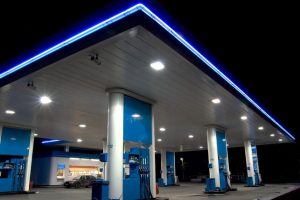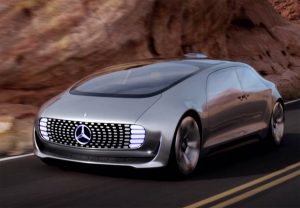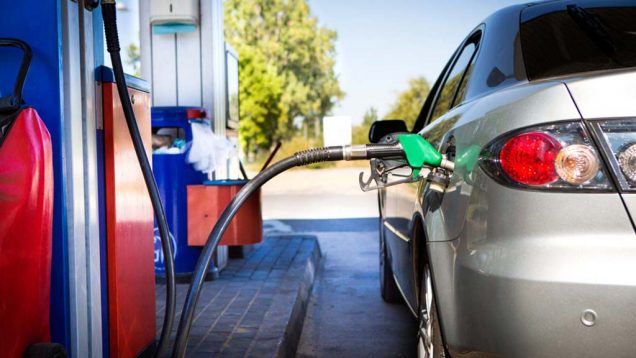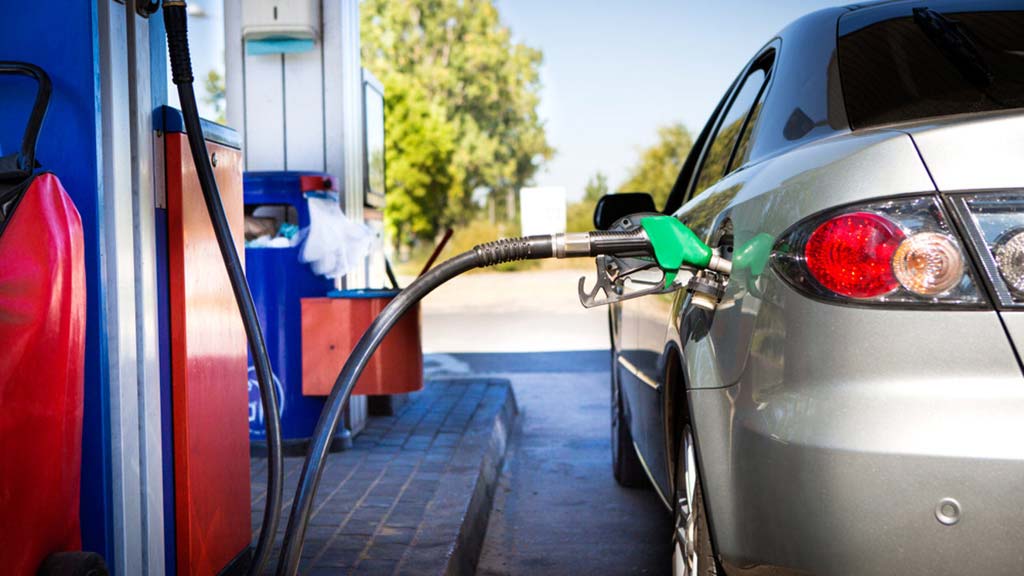Can you picture a day when you never have to pump gasoline at the service station? You won’t even have to get out of the car. It’s not because they’ve hired more gas station attendants.
It’s because the pump and the car can communicate with each other, work together to select your preferred fuel, and fill the tank without the driver being involved. Like gliding through E-ZPass, you’d be paying with a cloud-connected app that, by then, may be standard on most autos. If your vehicle is self-driving, you should be able to remain happily ensconced in your bed or at your computer while your car buys the gas without you even being there.
This is the future for service stations and gasoline consumers. Today, comparison apps may seem high-tech for your neighborhood favorite, but within the next decade or two, the gas station around the corner will likely be catering to everything from hybrids, to autonomous cars, to electric vehicles, to car shares — and selling them a lot more than just regular and premium.
A digital makeover

Like so many industries disrupted and transformed by technology, the iconic gas station will soon undergo what will be a pretty substantial digital makeover that connects it not just to the consumer but the car itself. It’s not one single trend that is pushing the change; it’s a multitude of disruptions that are overhauling our relationship with the auto and the way gasoline is sold. And with all these things in transition, the business model for the service station must ultimately begin to reflect the new reality.
Gasoline demand has begun to decline in more mature economies and will probably continue to shrink, given the growing number of people who no longer aspire to owning a car in the way that earlier generations once did. According to the US Census, the number of no-car households increased slightly in 2015, perhaps in part because more people want to live in cities, and of course the well-documented lack of interest in car ownership among millennials.
The gas station of, say, 2030 will not only have to do things differently; it will have to do different things to be profitable. For instance, one futuristic vision is to have short-distance drones deliver pre-ordered snacks or packages while the driver waits in the car.
The gas station of the future is going to have to mirror the diversity of its clientele. Given the rising popularity of hybrids and electric cars like Tesla, perhaps the gas station will have to consider having charging stations, as some now do in Europe. Or perhaps the demand is for compressed natural gas or liquefied petroleum gas. Already, gasoline and diesel generate less than 30 percent of the profits at the average gas station, and that figure may continue to decline, not necessarily from low demand but because the gas station is selling so many other services and products.
Otonom Araçlar 2035 Vizyonu

Of course, we’re used to the convenience store aspect of gas stations, changing them into personal fueling stations — and that service is expected to become more ubiquitous and more sophisticated over time. But the gas station also will likely be a place where you can pick up your order from Amazon after it was delivered to the station by drone. Or maybe you pick up groceries that you ordered or your dry cleaning. In essence, your gas station becomes a giant post office box or a personal concierge — a convenient one-stop shop for the sharing economy as it blossoms.
The change may go beyond the services the station offers; it may involve when it offers them. The busiest time for the gas station of 2035 may be at 2 a.m. when autonomous driving cars are programmed to take themselves to the station to fill up for the next morning’s drive to the office.
The transactions may not even take place at the service station as on-demand fuel services begin to pop up. With an app, consumers can type in their order and have it delivered to their office parking lot or their driveway.
Source


